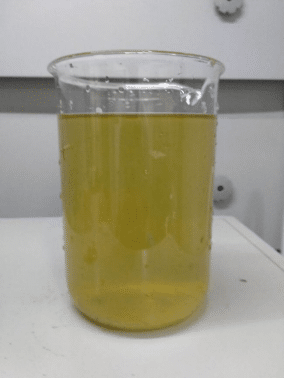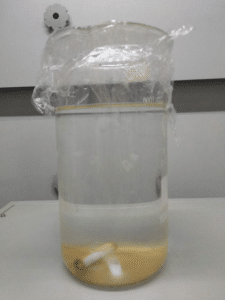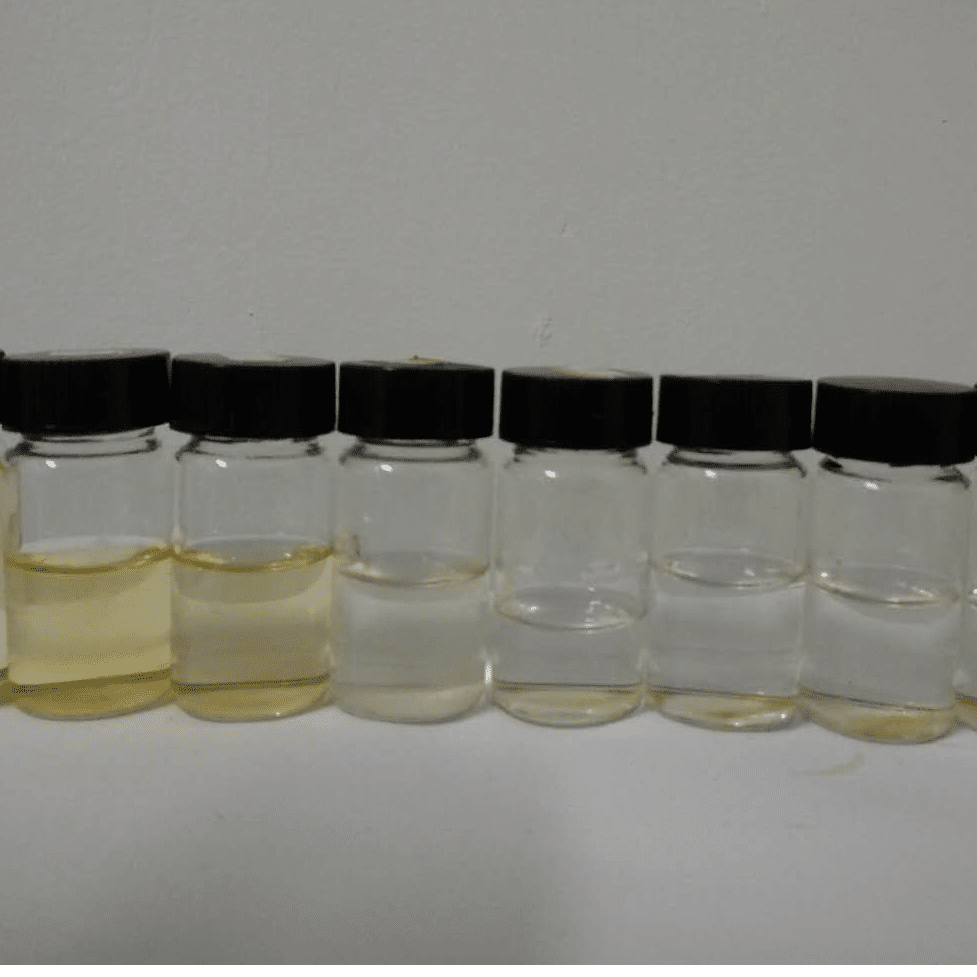Aniline is an important chemical in the petrochemical industry, primarily used to produce isocyanates for polyurethane manufacturing.
Aniline derivatives are also precursors for accelerators, antioxidants, herbicides and pharmaceuticals. However, aniline is a toxic, recalcitrant pollutant with low biodegradability. An estimated 30,000 tons of aniline are emitted into the environment annually through spills, wastewater discharges, and pesticide use.
There are various treatment methods for aniline wastewater have been studied, including oxidation, extraction, biodegradation and adsorption. However, issues with efficiency, cost or feasibility remain.
Advanced oxidation processes (AOPs) show promise for degrading fractious organics such as aniline. AOPs generate hydroxyl radicals (*OH) that oxidize pollutants into CO2, H2O and inorganic ions. AOPs use H2O2, O3, metals, metal oxides, UV, electric current, γ-radiation or ultrasound.
When it comes to electrochemical oxidation, Boron-doped diamond (BDD) electrodes indicated wider potential window, lower background current, inertness to adsorption, durability and corrosion resistance. This case studied aniline mineralization by electro-oxidation using BDD electrodes.
In this particular test, electrochemical oxidation process of aniline using boron-doped diamond (BDD) electrodes through cyclic voltammetry, bulk electrolysis, and steady-state polarization.
Long-term polarization measurements suggested slightly higher efficiency for converting aniline to CO2 at more anodic potentials, though direct oxidation did not significantly contribute to overall electrochemical combustion of aniline.
An acidic pH was found to enable more efficient oxidation of aniline compared to neutral and alkaline conditions by allowing lower potentials while avoiding electrode fouling.
The current efficiencies and aniline conversion to CO2 compared favorably with other electrochemical methods for aniline destruction.These results demonstrate the potential of BDD electrodes for electrochemical wastewater treatment requiring very high anodic potentials.
| Content of water sample | COD | 16480 mg/L | BOD | 4470 mg/L |
| Ammonia nitrogen | 0.68 mg/L | Aniline | 765.8 mg/L | |
| pH | 9.2 | SS | 11.3 mg/L | |
| Chloride ion concentration | 115350 mg/L | Saltness | 126900 mg/L | |
| Other Content | ||||
This experiment uses the principle of electrochemical catalytic oxidation with BDD electrode as the core reaction device to finally transform the organic matter in the water sample into CO2 and H2O.
Take 1L water sample into the beaker, put the BDD electrode module (the actual area utilized by the anode was 170cm2), connected to the power supply, adjusted the current intensity to 8A, the duty ratio to 80%, and the frequency to 4000Hz, and started the degradation. The water sample was stirred with a magnetic stirrer during degradation to make it even. Take samples at regular intervals, record current and voltage values, and measure temperature and pH value.
Before degradation, the water sample was yellow and the solution pH was about 9; during the degradation process, a small amount of brown precipitate was produced; after degradation, the water sample became clarified and the solution pH changed to 7-8.
BDD electrodes were found to effectively mineralize aniline, this test managed to achieve a total organic carbon (TOC) removal efficiency of 96.1 ± 1.3%
Key experimental details include:
Two BDD on silicon electrodes were used as anode which is 200 cm2, three pieces of titanium electrodes as cathode, with 3 mm gap.
A power source provided up to 8 A and 5 V(± 0.3).
The electrochemical cell operated in batch mode.
The high effectiveness of BDD for aniline mineralization is due to several factors:
Wide potential window of BDD enables high anodic potentials required for pollutant oxidation without deterioration.
BDD resists fouling and adsorption, due to few surface oxides/ionic species and hydrophobic surface, allowing continuous use.
•OH are generated as the main oxidant, attacking pollutants even at low concentrations.
BDD is chemically inert, which ensure that BDD electrodes withstanding harsh conditions that would destroy other materials.
Proposed oxidation pathways for aniline at BDD electrodes include:
Direct electron transfer at high potentials, though minor contribution.
Indirect oxidation by OH, which open the aromatic ring.
Further OH oxidation of intermediates eventually mineralizing aniline to CO2 and ions.
In summary, Boron-doped diamond electrodes show promise for electrochemically oxidizing and mineralizing recalcitrant pollutants like aniline. BDD has unique properties that provide advantages for applications demanding extreme conditions and oxidation through reactive intermediates rather than direct electron transfer alone. With its ability to efficiently generate and utilize OH, BDD offers an advanced electrochemical method for eliminating toxic, bio-refractory contaminants from wastewater.
Image 1 was the water sample before degradation

Image 2 was the water sample after degradation

| Time/h | Voltage/V | Current/A | Electrode area
/cm2 |
Energy Consumption kWh/m³ | TOC/
mg/L |
COD/
mg/L |
Temperature/
℃ |
pH |
| 0 | 5.35 | 8 | 170 | 3918 | 16600 | 9 | ||
| 2 | 5.15 | 79.7 | 2476 | 10800 | 48 | 9 | ||
| 4 | 5.04 | 159.5 | 1400 | 6500 | 48 | 7-8 | ||
| 6 | 4.86 | 239.2 | 870 | 3800 | 48 | 7-8 | ||
| 8 | 4.83 | 319 | 460 | 1600 | 48 | 7-8 | ||
| 10 | 4.83 | 398.7 | 175 | 850 | 48 | 7-8 | ||
| 12 | 4.83 | 478.5 | 78 | 360 | 48 | 7-8 |
